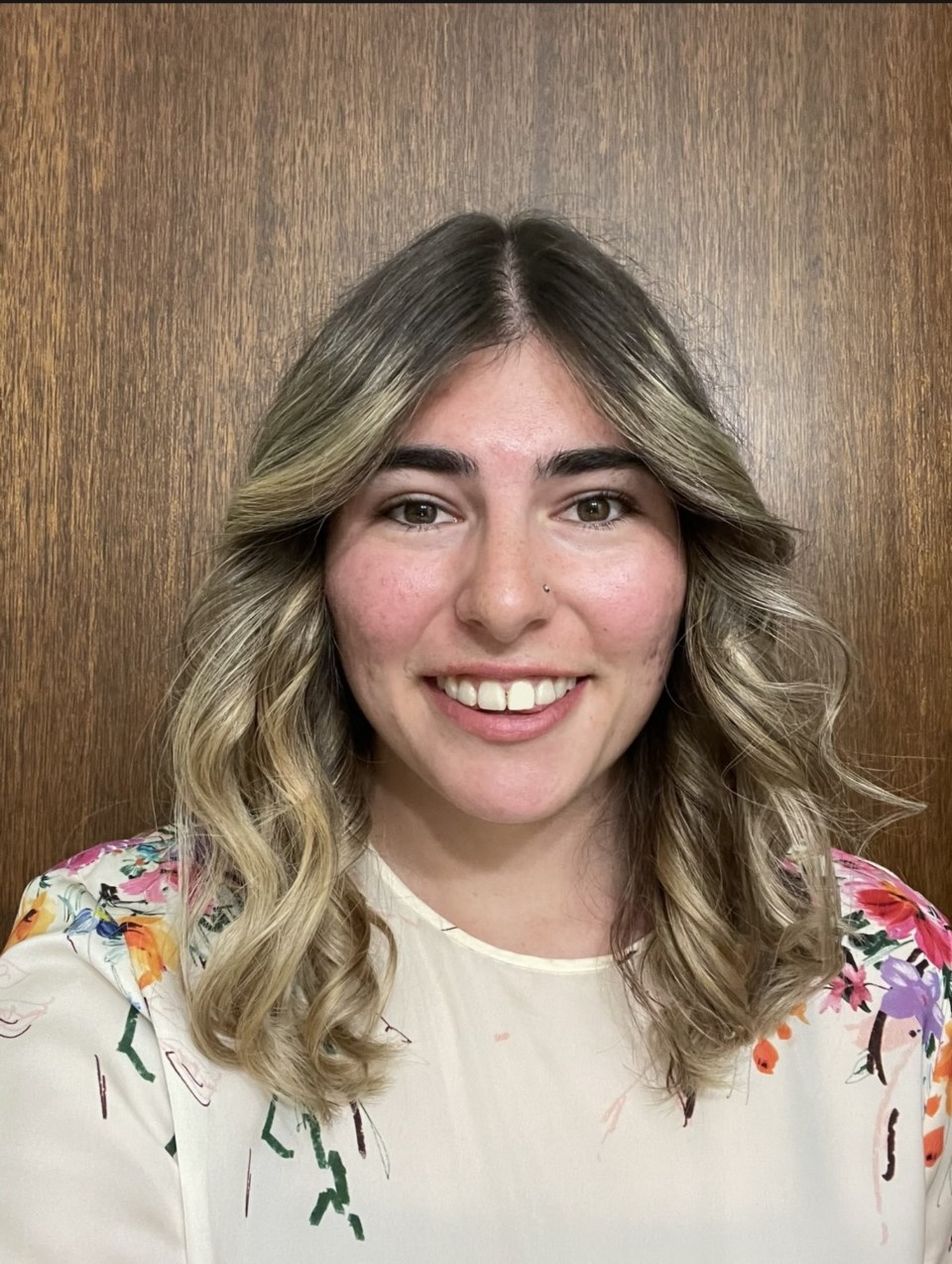Fort William First Nation resident and St. Patrick High School alumni Kaylib Tremblay has been recognized for her work during her final year of studies at the Southern Alberta Institute of Technology in Calgary.
Tremblay and fellow recent SAIT chemical laboratory technology graduate Rica Contreras were nominated for the Capstone Project of the Year Award, which is presented annually by the Association of Science and Engineering Technology Professionals of Alberta.
“It was a pretty surreal moment for us when we found out we were nominated,” Tremblay said. “We were just thrilled and the nomination proved that our idea is something that could possibly be viable for the future.
“We pretty much had a mix of every type of reaction when we learned that we were on the finalists. The was a sense of surprise and shock, but it was mainly accomplishment, especially since this came at the end of our graduating year.”
A group of biomedical engineering technology students from the Northern Alberta Institute of Technology in Edmonton won the award on Monday
The project that Tremblay and Contreras did was on if there is an effective way to filter microplastics from seawaters.
Microplastics are plastic debris that are less than five millimetres in length and come from a variety of sources, such as larger pieces of debris that break down into smaller pieces.
“They pose a serious issue because there are so many different ways that microdebris can contaminate our water systems,” Tremblay said. “For example, many of our beauty or cleaning products that we use contain micro particles of different plastics that can get washed into our water systems and they can be hard to get rid of.
“It’s important to address this issue, given the volume of plastics that are already containing the water, and one of the main ways to fix this issue is to physically remove the particles from the water through filtration.”
In their research, which lasted around four months, Tremblay and Contreras found that combinations of celite (a fine powder commonly used in swimming pool filtration systems), perlite (a lightweight, granular material that is used in aeration and drainage solutions) and coffee grounds biofoam were able to filter microplastics from seawater.
“I really hope that this project sparks more interest and more investigations into the idea of what we will do next in terms of filtering microplastics and what our next steps are, especially in terms of going it in a more eco-friendly rather than using non eco-friendly materials.”
Tremblay, who is now working at a lab in Thunder Bay, says the project became a much larger issue for her as she went further into her research.
“I actually got a lot more interested in the whole water quality and water assurance process,” Tremblay added.
“A lot of that comes from living on Lake Superior and coming from the Fort William First Nation. There’s a lot of reserves that need to have quality water supplies.”
The Capstone Project of the Year was established in 2017 by ASET for engineering technology students in Alberta’s polytechnics/technical colleges as part of the year-end projects.



